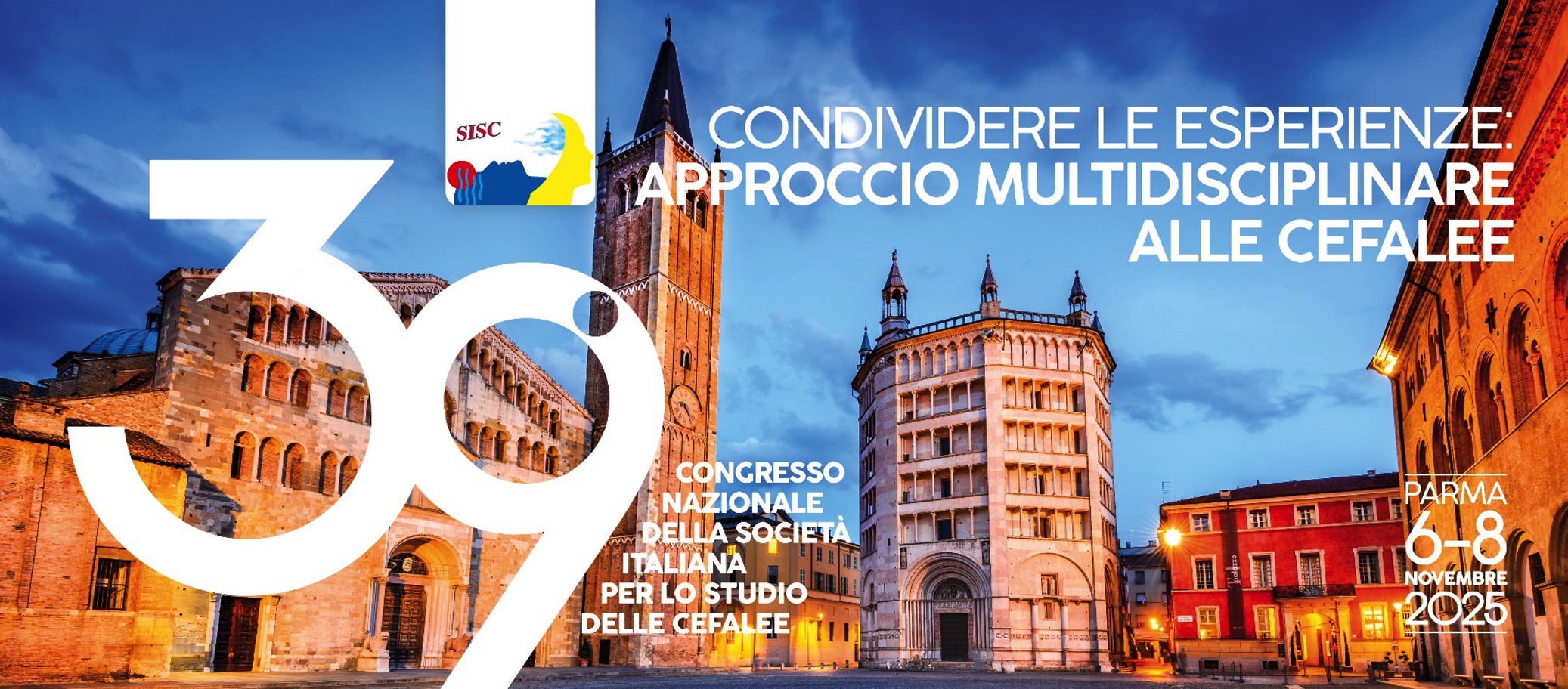SISC-Poster
2025: 39° Conference of the Italian Society for the Study of Headaches (SISC)
PO-01 | Pediatric nummular headaches: a case series and physiopathological and nosography considerations
Carola Meo¹*, Sofia D’Agostino¹*, Antonella Morea²*, Martina Tarantini²*, Giuseppe Giglia³, Maria Rosita Ruta⁴, Edvige Correnti⁵, Daniela D’Agnano², Giuseppe Santangelo⁵, Vittorio Sciruicchio², Vincenzo Raieli⁵ (*These authors contributed equally) | 1Child Neuropsychiatry Unit Department, Pro.M.I.S.E. "G. D'Alessandro", University of Palermo, Palermo, Italy; 2Children Epilepsy and EEG Center, San Paolo Hospital, ASL Bari, Bari, Italy; 3Department of Biomedicine, Neuroscience and Advanced Diagnostics (BIND), Section of Human Physiology, University of Palermo, Palermo; 4Child Neuropsychiatry Unit, ASP 6, Palermo; 5Child Neuropsychiatry Department, ISMEP, ARNAS Civico, Palermo, Italy
Publisher's note
All claims expressed in this article are solely those of the authors and do not necessarily represent those of their affiliated organizations, or those of the publisher, the editors and the reviewers. Any product that may be evaluated in this article or claim that may be made by its manufacturer is not guaranteed or endorsed by the publisher.
All claims expressed in this article are solely those of the authors and do not necessarily represent those of their affiliated organizations, or those of the publisher, the editors and the reviewers. Any product that may be evaluated in this article or claim that may be made by its manufacturer is not guaranteed or endorsed by the publisher.
Published: 17 October 2025
31
Views
0
Downloads







